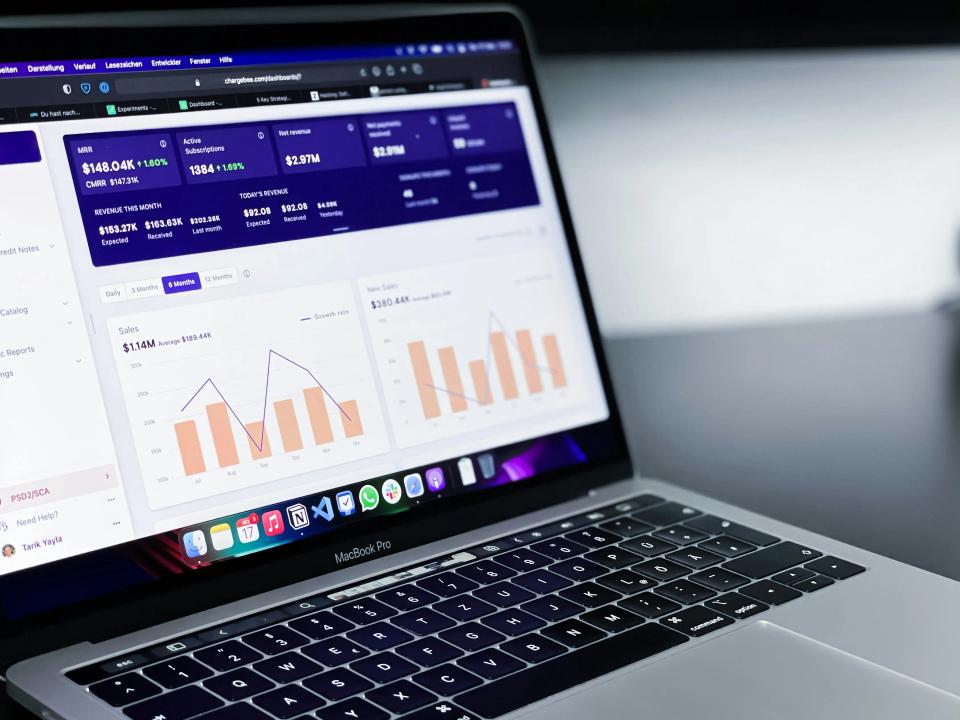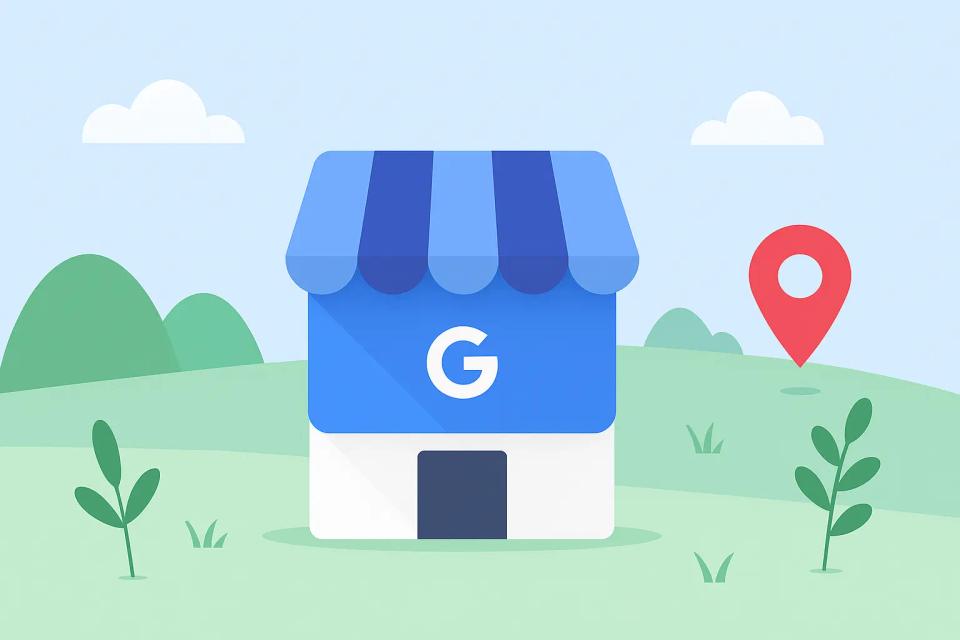"Hey Siri, find a coffee shop near me."
That simple command, spoken into a phone millions of times a day, represents a seismic shift in how your customers find you. It’s a revolution happening in pockets, purses, and living rooms across the globe. With over half of all smartphone users now engaging with voice technology, ignoring this change isn’t just a missed opportunity—it’s a direct threat to your survival.
You’ve probably invested in a basic SEO strategy, targeting the keywords you think people are typing. But are you prepared for how they speak? Voice queries are longer, more conversational, and packed with urgent local intent, meaning your traditional keyword list is already becoming obsolete.
This guide is your battle plan. We’re going to break down the complexities of voice search for local markets into a clear, step-by-step framework. You’ll learn how to adapt your strategy, leapfrog your competitors, and forge a powerful connection with customers who are literally asking to find you. At CaptivateClick, our global team has spent over 15 years mastering local market dynamics, and we see voice search as the next critical frontier for businesses that want to dominate.
Why Voice Search is a Game-Changer for Local Businesses
Forget the old way of searching. The days of typing fragmented phrases like `best pizza downtown` are fading. Today, your customers are having a conversation with their devices, asking, "What's the best pizza place downtown that's open now?" This isn't just a minor tweak; it's a fundamental change in user behavior that demands a complete overhaul of your keyword strategy.
The real power of voice search for local businesses lies in its immediacy. These aren't passive, research-based queries; they are demands for instant action. In fact, an astounding 76% of smart speaker users perform local searches at least weekly, with 46% doing so every single day. They’re looking for directions, checking business hours, or trying to make a call right now.
When a customer asks Siri, Alexa, or Google Assistant a question, the AI doesn't present a list of ten blue links. It provides a single, definitive answer, often pulled directly from a featured snippet or a Google Business Profile. Your entire goal is to become that one, trusted answer. If you’re not, you’re invisible.
Step 1: Re-Think Your Keyword Strategy for Conversations
Focus on Question-Based Queries
It’s time to stop thinking in keywords and start thinking in questions. Your customers aren't typing jargon; they're asking for help in plain language. Your job is to anticipate those exact questions and build your content around them. Brainstorm every possible query starting with Who, What, Where, When, Why, and How.
Instead of targeting a sterile keyword like "emergency plumber," you need to target the desperate, real-world question: "Who can I call for a burst pipe in Austin?" This shift aligns you directly with your customer's moment of need. Data shows this isn't just a theory; 40.7% of all voice search answers come from featured snippets that directly answer a question.
By focusing on these interrogative phrases, you're not just optimizing for a machine; you're optimizing for human psychology. You are positioning your business as the immediate, obvious solution to a pressing problem, building trust before they even click. This is the core of a successful voice SEO strategy and a key part of creating locally relevant content that ranks.
Leverage Long-Tail Keywords
Voice searches are naturally long-tail. Nobody speaks in two-word fragments. The average voice search query is significantly longer than its typed counterpart, reflecting the natural cadence of human speech.
This means your content must embrace specificity. A short keyword like "bakery" is useless. A long-tail voice query like "where can I find a vegan bakery downtown that is open on Sunday morning?" is a golden opportunity to capture a customer with high purchase intent.
Your website pages and blog posts should be built around these longer, more descriptive phrases. Think of each page as the definitive answer to a very specific set of questions. By doing so, you not only cater to voice assistants but also attract highly qualified traffic that is much more likely to convert.
Tools for Voice Search Keyword Research
You don't have to guess what your customers are asking. There are powerful tools that can give you a direct look into their minds. Use platforms like AnswerThePublic to visualize the questions people are asking around your core topics.
Dive into Google's own "People Also Ask" section on the search results page. This is Google telling you exactly what related questions it deems important. Tools like SEMrush's Keyword Magic Tool also have filters to specifically find question-based keywords, giving you a treasure trove of content ideas.
Using these tools is like having an inside track on your customers' conversations. It removes the guesswork and allows you to build a content strategy that is perfectly aligned with the voice search revolution. This is a foundational element of the essential tools and techniques for 2025.
Step 2: Your Google Business Profile is Your Voice SEO Cornerstone
When a user asks Google Assistant for local information, where do you think it looks first? It goes straight to the most trusted source it has: your Google Business Profile (GBP). For local voice queries, your GBP isn't just a listing; it's the single source of truth, the digital foundation upon which your voice search visibility is built.
An incomplete, inaccurate, or neglected profile is a dead end for voice assistants. If Google can't confidently verify your hours, address, or phone number, it will simply offer up a competitor who has their act together. The stakes are incredibly high, as a fully optimized GBP can directly capture 28% of calls initiated by voice search.
Think of your GBP as your business's digital ambassador to the world of AI. It must be perfect, comprehensive, and meticulously maintained. Neglecting it is like locking the front door of your store and expecting customers to find another way in.
Optimize Every Detail
This is not the place to cut corners. Every single field in your Google Business Profile must be filled out completely and accurately. This starts with absolute NAP consistency—your Name, Address, and Phone number must be identical everywhere on the web. Any variation creates doubt in the algorithm's mind.
Go deeper than the basics. Select the most accurate business categories and subcategories. Fill out every relevant attribute, such as "has Wi-Fi," "wheelchair accessible," or "offers curbside pickup." These details directly answer specific voice queries.
Most importantly, use the Q&A feature proactively. Don't wait for customers to ask questions; seed it yourself with your most common FAQs and provide clear, concise answers. You are literally spoon-feeding the voice search engine with the exact information it needs to recommend you. For a complete walkthrough, our guide to mastering your Google Business Profile is an essential resource.
Encourage and Respond to Reviews
What happens when a user asks, "What's the best Italian restaurant near me?" The voice assistant doesn't just look at proximity; it looks at reputation. Your customer reviews are a powerful ranking factor, especially for these qualitative, "best" or "top-rated" queries.
Actively encourage your happy customers to leave reviews. More importantly, respond to all of them—the good and the bad. This signals to Google that you are an engaged, customer-focused business, which builds trust with both the algorithm and future patrons.
The data is undeniable: businesses with a 4.5-star rating or higher receive a staggering 3.2 times more voice search referrals. Your online reputation is no longer a passive asset; it is an active tool for driving voice-activated customers to your door.
Step 3: Create and Structure Content for Voice Assistants
Build a Robust FAQ Page
One of the most powerful and direct ways to capture voice search traffic is by creating a dedicated FAQ page on your website. This isn't just a page for customer service; it's a strategic SEO asset designed to answer conversational queries head-on. A well-structured FAQ page can increase your visibility in voice search results by 73%.
Structure the page logically. Use the exact question-based keywords you researched as H3 or H4 headings. Then, provide a clear, direct, and concise answer immediately below it, ideally in just two or three sentences.
The key is to answer the question first before providing any additional context. Voice assistants often read only the first ~29 words of an answer, so your response must be front-loaded with the most critical information. This simple structure makes it incredibly easy for Google to grab your content and feature it as a spoken answer.
Adopt a Conversational Tone
If you want to be the answer for a spoken query, your content needs to sound like it was written to be spoken. Ditch the corporate jargon, the dense paragraphs, and the overly complex sentences. Write your web copy in a natural, conversational tone.
A simple test is to read your content out loud. Does it sound like a real person talking, or does it sound like a legal document? If it feels awkward or clunky to say, it will be even more awkward for a voice assistant to read.
This approach has a dual benefit. It not only optimizes your content for voice search algorithms, but it also makes your brand more relatable and trustworthy to human readers. It breaks down barriers and creates a more personal connection with your audience.
Implement Schema Markup (The Technical Secret Sauce)
Here is the technical magic that happens behind the scenes. Schema markup is a piece of code you add to your website that acts as a translator for search engines. It doesn't change how your page looks to a user, but it tells Google, Bing, and other engines what your content means.
This is a critical component of a sophisticated SEO strategy, and it's a key part of CaptivateClick's Technical SEO service. For voice search, two types of schema are absolutely essential. The first is LocalBusiness schema, which explicitly labels your address, hours, and phone number, removing any ambiguity.
The second, and perhaps most important for this discussion, is FAQPage schema. This markup specifically tags your questions and answers, signaling to Google that you have content perfectly formatted for voice queries. Implementing this code is one of the most effective ways to get your answers featured, and you can learn the specifics in our guide to advanced local SEO techniques.
Step 4: Ensure Your Technical Foundation is Flawless
Your brilliant content and perfectly optimized profile mean nothing if your website fails on a technical level. Voice search operates on a need for speed and mobile accessibility. A clunky, slow, or insecure site will be passed over in an instant.
Voice search is a predominantly mobile activity, with 56% of all voice searches happening on a smartphone. This means a mobile-first design isn't a suggestion; it's mandatory. Your website must be fully responsive and provide a seamless experience on a small screen.
More than anything, your site must be fast. Voice assistants are built to deliver immediate answers, and they won't wait for a slow page to load. If your site takes more than three seconds to become interactive, you've likely already lost the voice search race.
Speed is Everything
In the world of voice search, every millisecond counts. A slow-loading website is the kiss of death. Google's own research shows that user patience wears thin after just a few seconds, and its algorithms prioritize sites that deliver a snappy, responsive experience.
If your site is struggling with slow load times, it's time for a tune-up. This often involves optimizing images, leveraging browser caching, and minimizing code. These technical adjustments can feel daunting, which is why many businesses rely on CaptivateClick's Performance Optimization services to get the job done right.
A fast website is no longer just a "nice-to-have" feature; it's a core requirement for modern SEO and an absolute necessity for competing in the voice search arena. You can explore these concepts further by understanding the impact of technical optimization on SEO rankings.
HTTPS is a Must
Security is not optional. Having an SSL certificate (which enables HTTPS) is a baseline ranking factor for Google and a fundamental requirement for building trust with users. An insecure website is a red flag for both search engines and potential customers.
If your website URL still begins with "http://" instead of "https://" you are sending a clear signal that you are not taking security seriously. This can be enough for a voice assistant to disqualify you as a potential answer, especially for any query that might lead to a transaction.
Making the switch to HTTPS is a straightforward technical task that offers a significant return in trust, security, and SEO performance. It's a foundational element that must be in place before you can effectively compete for valuable local search traffic.
Conclusion: The Future of Local Search is Spoken
The shift to voice search isn't a distant trend on the horizon; it's here now, and it's fundamentally changing the rules of local SEO. Ignoring it is choosing to become irrelevant. But by taking decisive action, you can position your business to be the go-to answer in your market.
Let's recap the mission-critical steps:
- Think in questions, not just keywords. Align your content with the natural language your customers use every day.
- Make your Google Business Profile your top priority. It is the single most important data source for local voice queries.
- Create concise, conversational content, especially a robust FAQ page structured for instant answers.
- Ensure your site is fast, mobile-friendly, and technically sound with Schema markup to give search engines the context they need.
Integrating voice search optimization into your strategy is about more than just chasing an algorithm. It's about meeting your customers where they are, in the very moments they need you most, and providing a seamless, helpful experience that turns a simple spoken query into a real-world customer walking through your door.
Ready to make your brand the go-to answer in your local market? The experts at CaptivateClick specialize in comprehensive Local and Technical SEO strategies that get results.
Contact us today for a free, no-obligation SEO audit and let's get your business heard!













